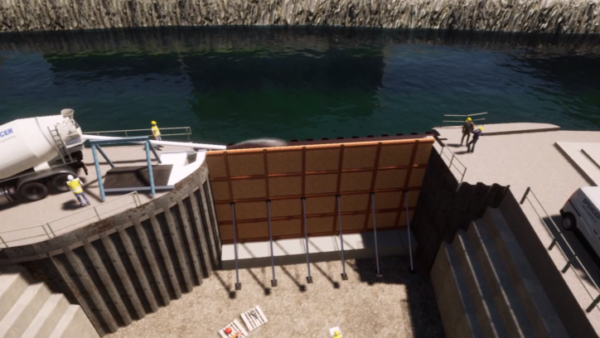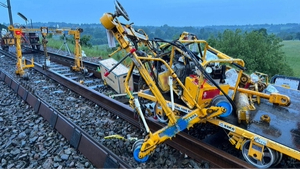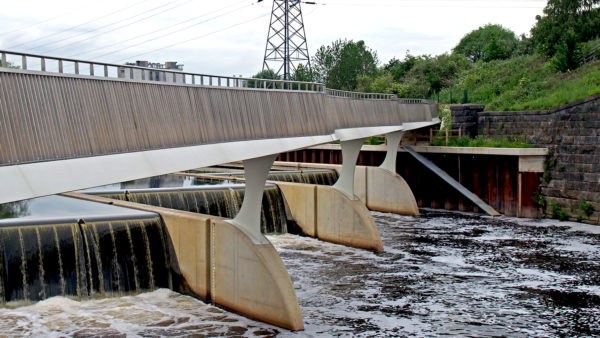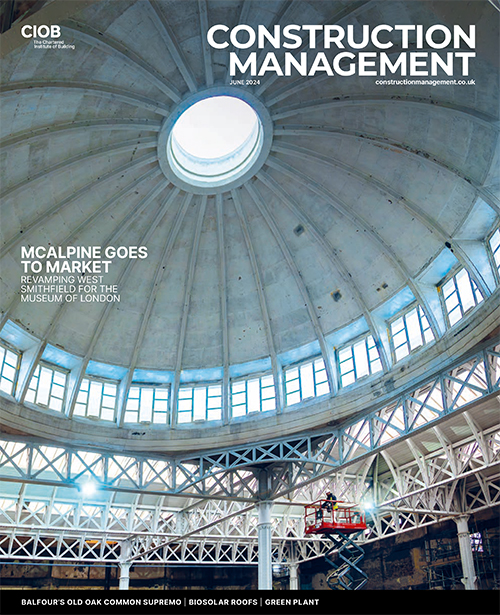The Digital Construction Awards attracted 165 entries this year, 84 of which have been shortlisted. Here, we detail the shortlisted entries for the Digital Innovation in Asset Management award.
This category recognises the use of data and digitalisation to enhance the asset management of buildings or infrastructure. This was a popular and very competitive category, and nine entries made the shortlist.
Notting Hill Genesis | Golden thread programme

Like all landlords, Notting Hill Genesis (NHG) has had to respond to the reforms put in place by the Building Safety Act, including the golden thread of information. The housing association looks after 130,000 residents across its estate and has more than 180 high-rise buildings.
NHG researched the software market, but could not find a solution that met all its requirements, including the need to create safety cases for its buildings. Instead, aided by developers Neo Technology and IT Labs, it set about developing its own systems.
The Better Buildings Dashboard was built to provide access to building safety information. NHG has myriad existing systems and decided to create an asset information model to integrate all data. It used its existing data platform built on Microsoft Azure and surfaced the Better Buildings Dashboard in PowerBI. Data pipelines were created to ingest data from SQL stores, SaaS platforms and contractor systems into the Azure Data Lake and transform it into the asset model.
Linking to the dashboard and the golden thread requirements, NHG has developed a document management system called the Better Buildings Construction Library. This is a Power App that holds all mandatory documents necessary to hand over a newly constructed building. It contains ISO 19650 naming conventions, so documents can be retrieved easily when needed post-construction.
For creating safety cases, NHG used Microsoft Dynamics to develop the functionality required. This uses the Better Buildings Dashboard to bring in data from all systems used for compliance, which enables safety managers to compile the safety case, using a Power App, to submit to the regulator.
Glass Aftercare | Facade Information Management System

Glass Aftercare is a London-based glazing and facade specialist that is pioneering the use of digital technology in the sector.
As a second-tier contractor, Glass Aftercare is often left to fix problems caused by a reactive approach to asset management, struggling with poor O&Ms. The company realised that a comprehensive digital information model is now essential for managing building assets.
The breakthrough for the company came on Sir Robert McAlpine’s St Marylebone Church project in London, when it brought in gaming designers to create an interactive digital twin. This saved time and money, and when combined with other digital survey tools (LiDAR, point cloud, thermal, drone), it enabled Glass Aftercare to leave a digital O&M of the finished work and a digital history through 360-degee video capture in OpenSpace.
The company’s Facade Information Management System (FIMS) aims to digitally transform O&M management, aligning with the Building Safety Act and golden thread.
The system creates a digital twin of a building’s facade, encompassing all structural elements and external fireproofing compliance. This allows AR visualisations using 2D orthomosaic maps, 3D mesh, and point cloud MR models.
AI technology measures assets, structures, and equipment with 3D point cloud models, while FIMS identifies, alerts, and reports issues through a traceable ticketing system. It facilitates customisable jobs and tasks to summarise performance factors, using geospatial metatags from IoT, LiDAR and drone data.
Glass Aftercare has used its digital O&M approach on projects such as the Vista Building recladding in Woolwich, London, and says FIMS ensures correct, up-to-date, and instantly shareable information, resulting in a potential 30% reduction in operational costs and 20% productivity increase.
Ulster University | Virtual Campus
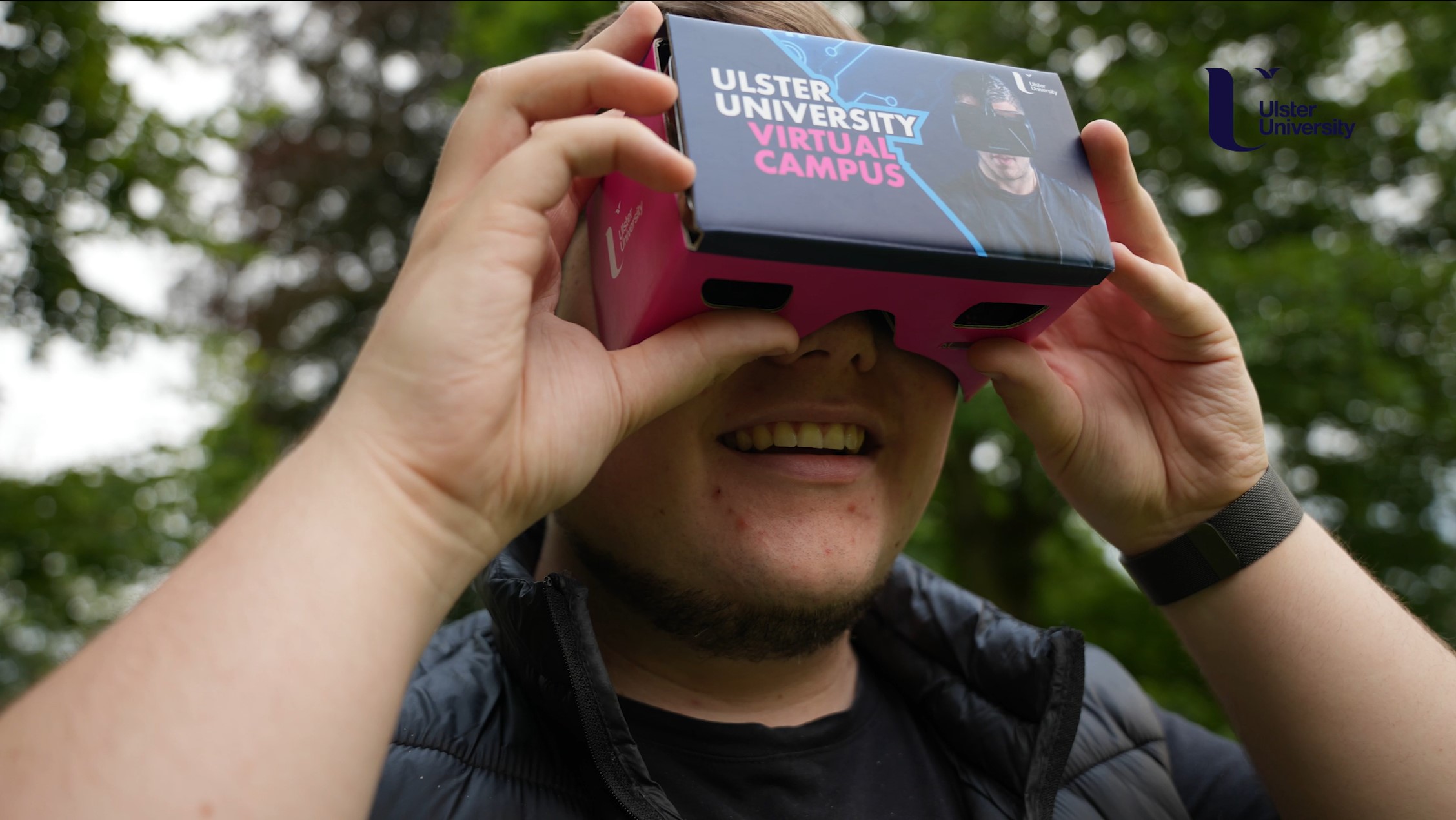
Virtual Campus is a student-driven project, originating from undergraduate research. It uses a digital workflow to create immersive 3D virtual replicas of key spaces on all Ulster University campuses, allowing users to virtually explore and connect with their campus.
The project’s ambition was to support the health and wellbeing of staff and students around space familiarisation and transition, with a focus on vulnerable students’ mental wellbeing and anxiety levels.
Virtual Campus originated from an undergraduate student research project that investigated the use of augmented reality to aid space layout communication for students with autism spectrum disorder (ASD).
The workflow involves the use of laser scanning technology to capture spaces that are then modelled or updated in Autodesk Revit software before high-quality visual and virtual reality outputs are developed, all hosted on an intuitive and cross-platform interface. This workflow is hosted on a cloud-based platform allowing seamless access for team members and replicating real-world practice, providing an exceptional learning experience for the students involved.
A key outcome from the project has been the learning experience for the students involved. They have developed their knowledge of advanced model authoring in Revit along with family creation and worksharing practices.
The project has had a profound and positive impact, reaching 4,600 users to date, with 13,600 views and 3,200 VR experience viewers purchased. The student rating of Virtual Campus experience has an average score of 4.8/5.
Ulster University describes the project as a pioneering response to the societal challenges posed by geographical barriers, with the use of digital technology allowing users to transcend these boundaries, making the experience accessible to individuals regardless of their location.
Lattice | ULEZ expansion signage
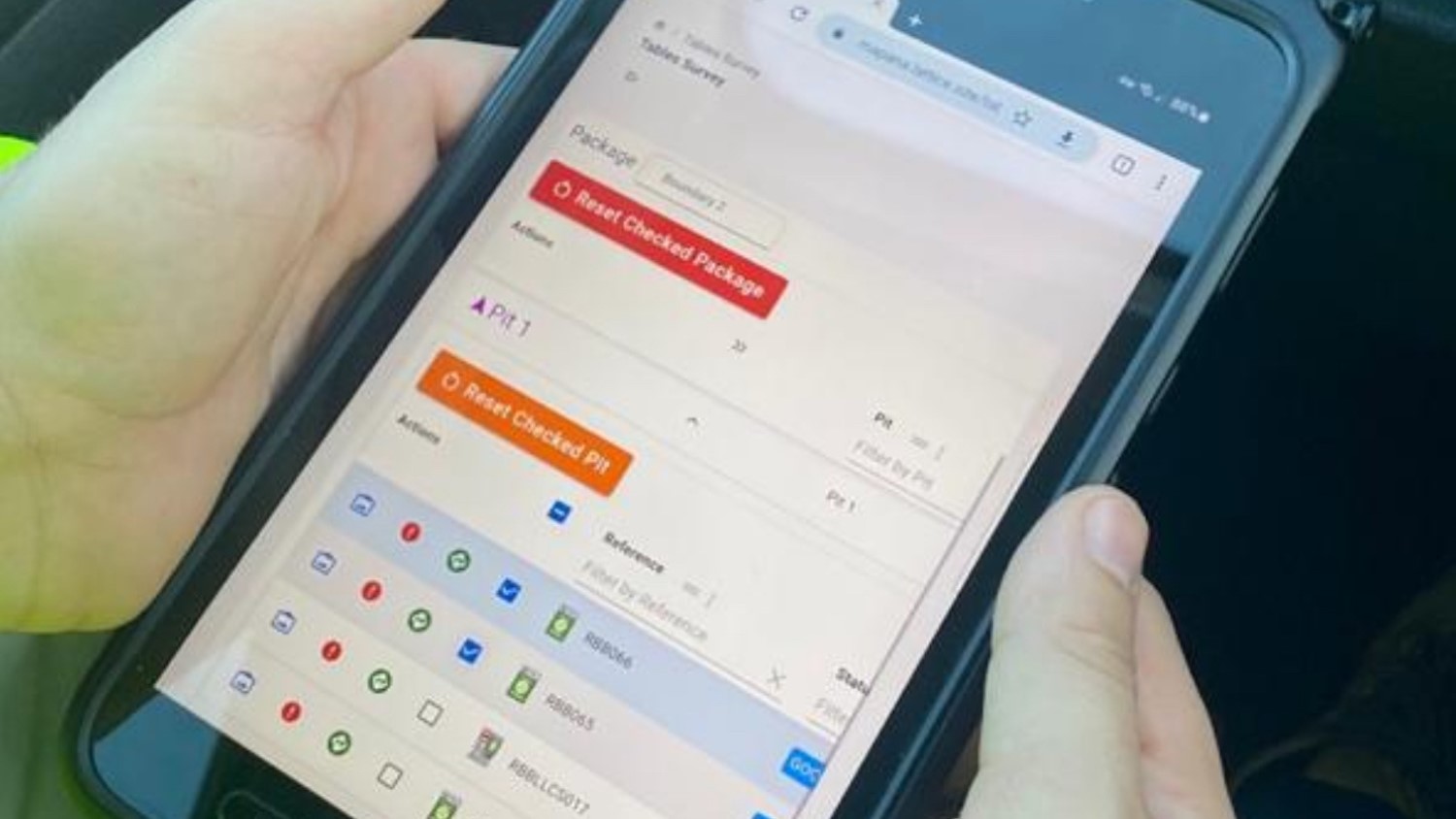
The expansion of Transport for London’s (TfL) ultra-low emission zone (ULEZ) required the installation of 1,200 signs along London’s outer boundary. TfL awarded the installation contract to the Tarmac Kier JV (TKJV), which turned to early-stage start-up Lattice to provide the web-based software to enable collaboration between field and office teams.
The challenges were many, including the difficulty in two-way sharing of data with subcontractors and complications in collating asset information for the client at handover.
Also, TfL was concerned about the signs being vandalised and there was a lack of planning for survey execution and resource planning, as it was not known how long it would take to drive around the sign locations. Furthermore, there were limitations in standardising routes for maintenance crews as Google Maps allows only 19 locations for optimised routes.
Lattice’s three-man team developed the platform and software to overcome the challenges. This included developing a navigation app for the field teams to get them from point-to-point as efficiently as possible, allowing for London traffic. The app was also integrated with GoPro cameras. At any assigned location, the app recognises the spot and automatically captures an image using the GoPro camera, offering a painless method of documentation while driving.
An asset library resembling a traditional spreadsheet was created, containing essential information such as photos, construction drawings, site documents, comments, and logs for each asset. This information could be shared with supervisors and subcontractors with a single click. Lattice offered a map view that plotted all assets with their respective details and progress status, providing stakeholders with enhanced project visibility and insights.
Ultimately by using Lattice, TKJV reduced projects costs by 3%.
iDEA | King’s College London Vantage Model
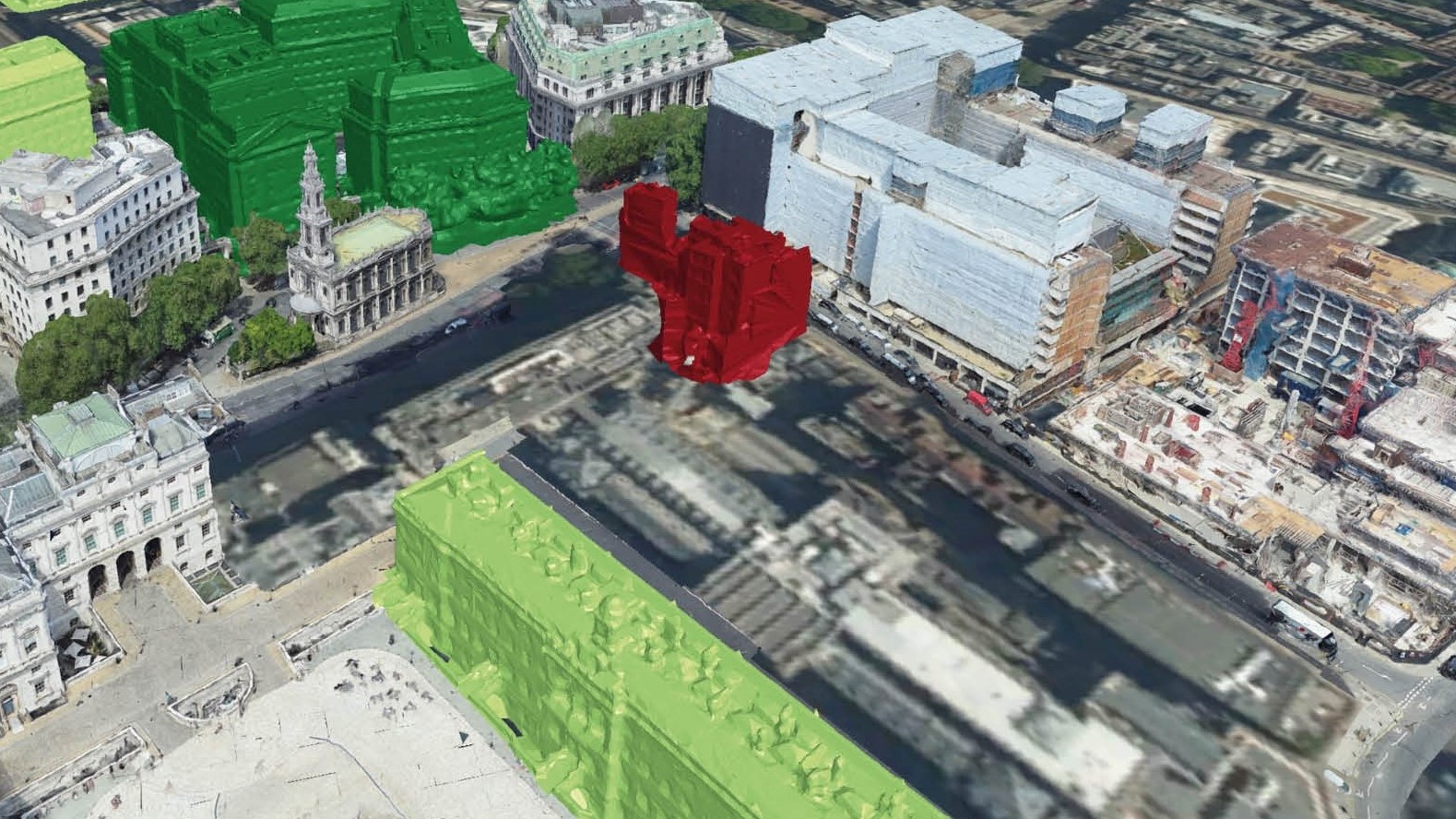
iDEA, a multidisciplinary design consultancy, has been collaborating with King’s College London (KCL) for the past four years, exploring new digital technologies that could support the delivery of a long-term campus masterplan to improve and optimise a complex estate in central London.
One of the primary digital technologies that iDEA and KCL have been working with is Vantage, an estates visualisation platform that aggregates core campus data. Vantage is a multi-layered and 360-degree ‘command centre’ from which millions of combinations of data analysis can be achieved, in one place, at one time. Using Vantage, iDEA developed a digital campus platform, built in the Unity game engine.
This provides an interactive means of storytelling and data analysis, incorporating information such as: locations of campuses and buildings; building condition; functional suitability; construction date; and 3D representations of buildings.
iDEA has also developed a bespoke open-source API that allows data from associated tools such as Register (a timetable analysis tool) and Forecast (a spatial scenario planning tool) to connect with KCL’s existing Planon data, creating a single source digital twin of the whole campus.
With a complete 3D build of KCL campuses, iDEA has provided access to all of the relevant occupier, work settings and occupancy data for the entire university. The model is used by the KCL estates team as an engagement and communication tool and to analyse the estate and scenario plan. Longer term, there is the possibility that KCL’s architecture and construction students could use iDEA’s tools to understand how carbon emissions from the built environment can be reduced.
Kier/Ministry of Justice/Glider/Future Decisions | MoJ digital twin pathfinder

Kier is working with the Ministry of Justice (MoJ), information management specialist Glider and building physicist Future Decisions on a digital twin pathfinder at HMP Five Wells. The team is creating a virtual, 3D mirror image of a single house block that will allow operators to monitor and assess its performance using real-time data, focusing on energy and carbon reduction.
HMP Five Wells was completed by Kier in 2021 and features state-of-the-art technology and a building management system (BMS) that provides a wealth of live data. Kier also provided an unprecedented amount of building data at handover, including 380,000-plus COBie records, and created an asset information model (AIM) with Glider.
The pathfinder team was able to use data from the BMS, sensors installed on air handling units, and live data generated by IoT sensors within the house block.
The digital twin will combine this live data with static built asset data contained in the project information model delivered by Kier at handover. This will make it possible to extend the AIM so it can use analytics and AI to augment existing control systems, with benefits including optimising real-time operations, predicting future states and operational requirements and continual analysis of operation and BMS health.
Phase one of the pathfinder (completed December 2023) shows significant potential benefits in asset management. The MoJ will use the digital twin to look at how building performance and thermal comfort can impact behaviours, reduce absenteeism and improve sleep. The team forecasts energy savings of 20% in the next phase, together with carbon savings of 198kg per occupant and 333 tCO2e across all houseblocks.
Ethos Engineering | Streamlining data visualisation for facility managers
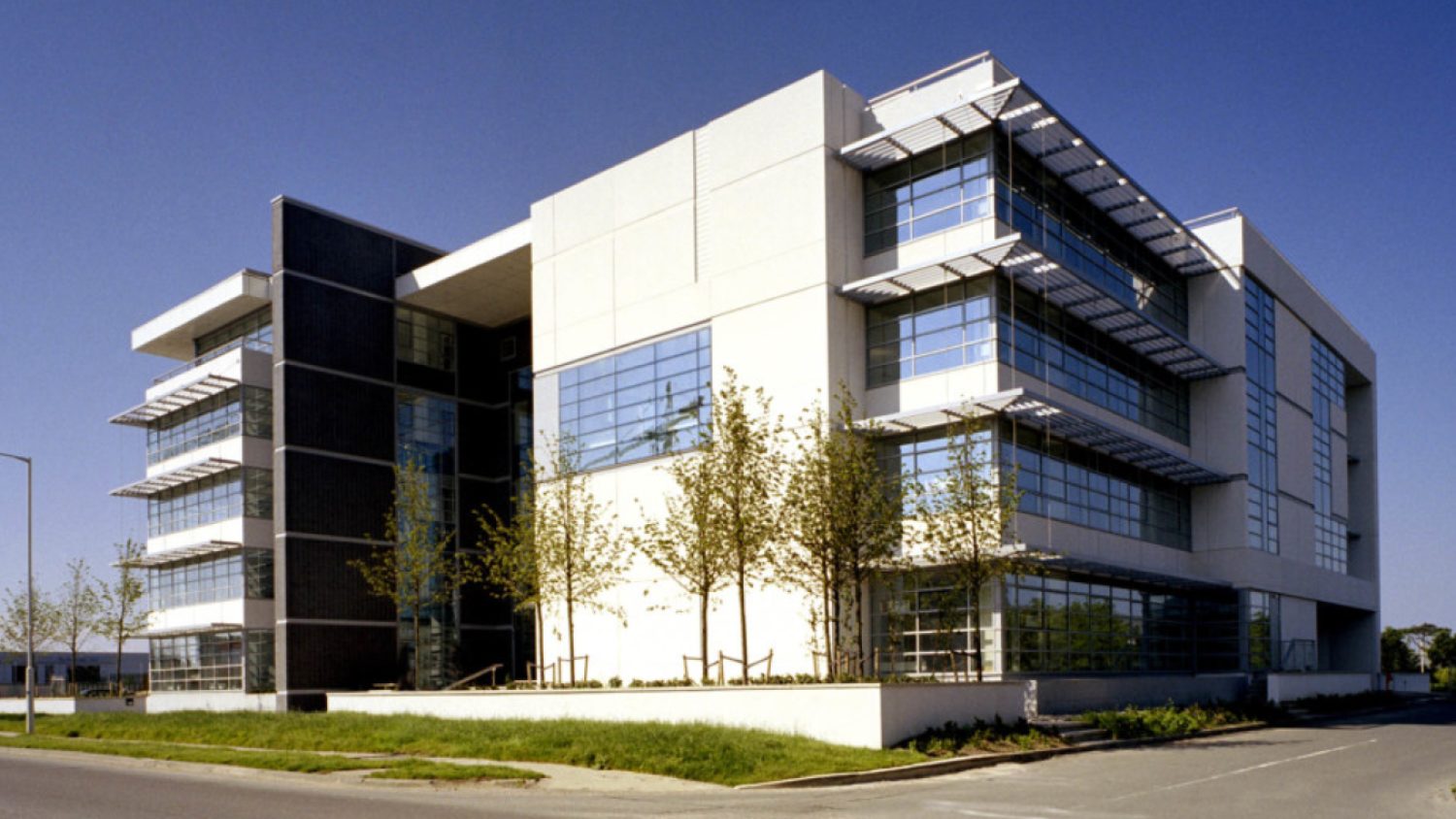
M&E specialist Ethos Engineering was founded 19 years ago and has steadily grown its sustainability offerings, the latest of which is Living Lab powered by Autodesk’s Tandem Digital Twin.
Conceived as a pet project to manage energy consumed by the Ethos office, it has developed into a sophisticated product the company is taking to the market. The key step was creating an all-encompassing visualisation of the data, making it simple for facility managers to make smart energy decisions.
Ethos reached out to Autodesk, which suggested joining the trial of its Tandem Digital Twin, a solution that reads multiple sources of data, houses a 3D interactive model, and outputs data analysis.
The biggest challenge was making data from the individual systems that make up Living Lab readable by Tandem Digital Twin, which meant linking them to the Azure IoT hub. The next step was to integrate Living Lab’s air-quality sensors into the digital twin model, which meant working with sensor manufacturer Butterfly and its IoT hub. The final challenge was getting the occupancy sensor data to integrate with the Tandem Digital Twin, which required its manufacturer, Ubiquense, to make adjustments.
Other technologies deployed include: Revit, to produce the 3D model of the Ethos office; Power Bi, which links the Living Lab dashboards; and BIM 360 CDE, a cloud platform where the 3D model files are stored.
Ethos reports positive results since Living Lab was introduced at its office in 2022. Although the company’s workforce grew from 141 staff in 2022 to 239 in 2023, carbon emissions in tonnes of CO2e have only grown marginally – 8.73 tonnes compared with 10.76 tonnes.
School Property Matters | Operational excellence in asset management

Plymouth CAST is one of the largest multi-academy trusts in the UK. Its estates team faced familiar asset management issues, including poor-quality records of built assets, no standard room referencing system, poor correlation of condition survey data, and no common thread linking database silos into data sets.
Working with consultant School Property Matters, Plymouth CAST settled on an asset management solution involving 3D scanning of the schools with LOD 200 Building Information Models. The main objective in implementing BIM was to create a unique identifier for all fabric and plant assets, which could become the common thread through all systems. This would then allow comprehensive reporting at a senior level on the performance and management of the assets through Microsoft Power BI.
As the BIM model was created with the correct orientation and elevation, assets have the exact matching coordinates and can be identified in BIM by scanning with a phone camera, then checked against the stored details in the asset database.
Plymouth CAST is the first trust is the country to invest in full BIM for all its schools with assets verified and recorded through a common thread in all systems. The trust can now run simple scenarios on its buildings to test options for carbon reduction, with a 3D digital twin allowing accurate modelling and ROI calculation.
Zutec | Taking charge of Building Risk Assessments
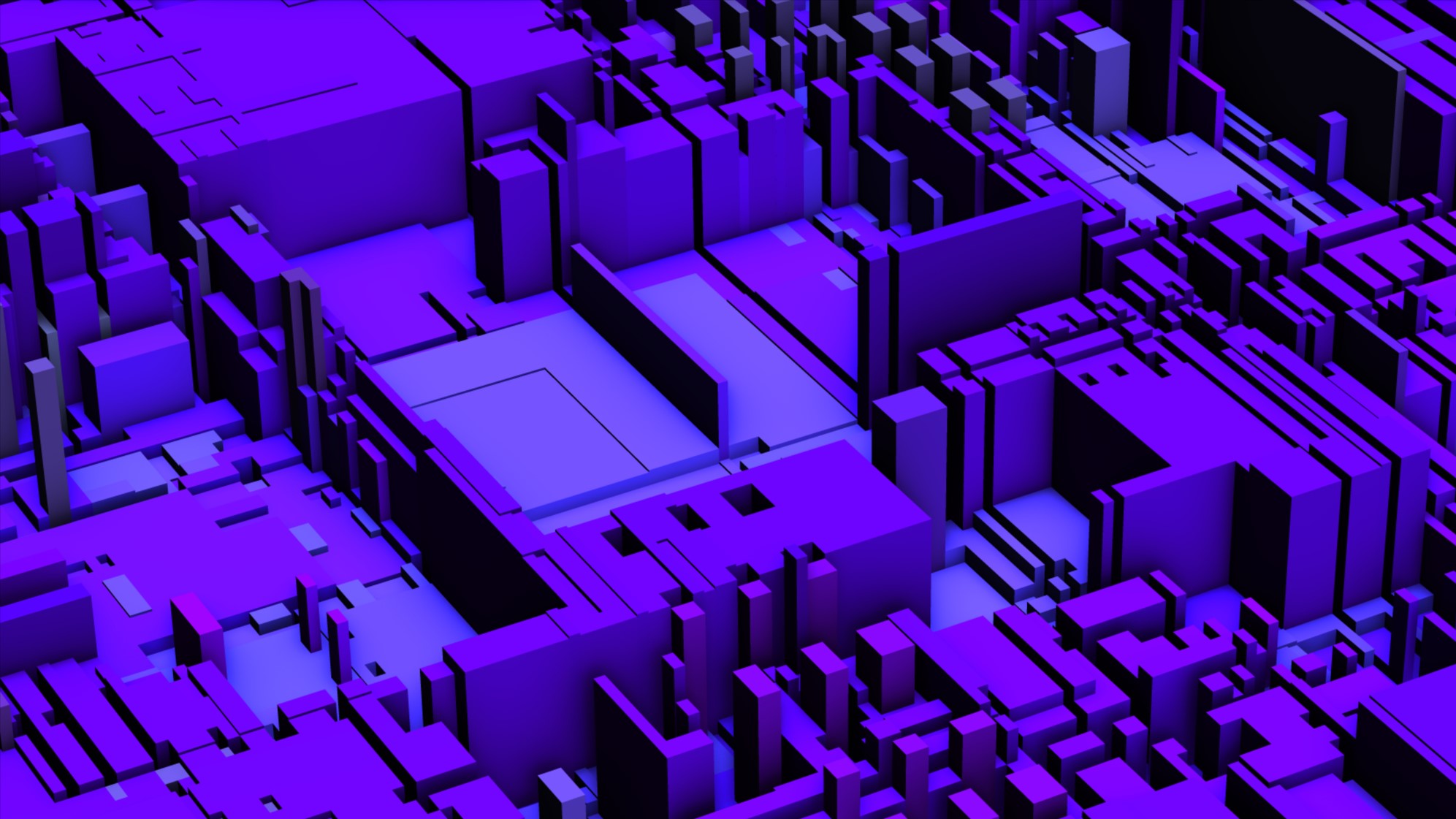
Construction technology specialist Zutec has been working with a client to address a significant regulatory compliance challenge across its 200,000 occupied assets. Like many built environment asset managers, the client is wrestling with the Building Safety Act requirements, including creating a golden thread of information for each asset.
At the outset, Zutec identified three key barriers, holding the client back:
1. Inadequate tracking and documentation.
2. Difficulty in adhering to regulations and standards.
3. Fragmented communication among stakeholders, with the absence of a centralised platform.
Zutec introduced the client to its Building Risk Assessment Management tool. It means a large portfolio of distinct and siloed building data can be captured and logged in one, simple-to-navigate location.
The tool provides a previously non-existent, standard protocol with a structure and template to present information in a manageable format. Its user-friendliness means it can be used by any of the client’s property managers for document collation, gap analysis, risk identification and control, real-time tracking.
It offers a single source of truth, with a dedicated dashboard, allowing easy access to golden thread information, which is updated in real-time. Meta-tagging and search functionality make information easy to locate and surface.
The Building Risk Assessment Management tool can bring the right data together to create a robust and compliant building safety case.
Celebrate with the best
The winners of the Digital Innovation in Asset Management category, alongside the victors of the other 12 categories, will be revealed at the awards dinner on 2 July at the Brewery in London. You can join them by booking your places at the awards.
The Digital Construction Awards celebrate best practice and reward innovation in the application of information management and digital technology in the built environment sector.
The awards are run by Digital Construction Week, the Chartered Institute of Building (CIOB), and Construction Management and BIMplus. Awards sponsors include Bluebeam, Procore, Revizto and the CIOB.
Don’t miss out on BIM and digital construction news: sign up to receive the BIMplus newsletter.




